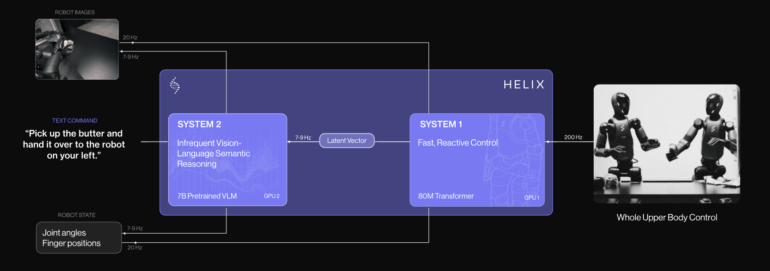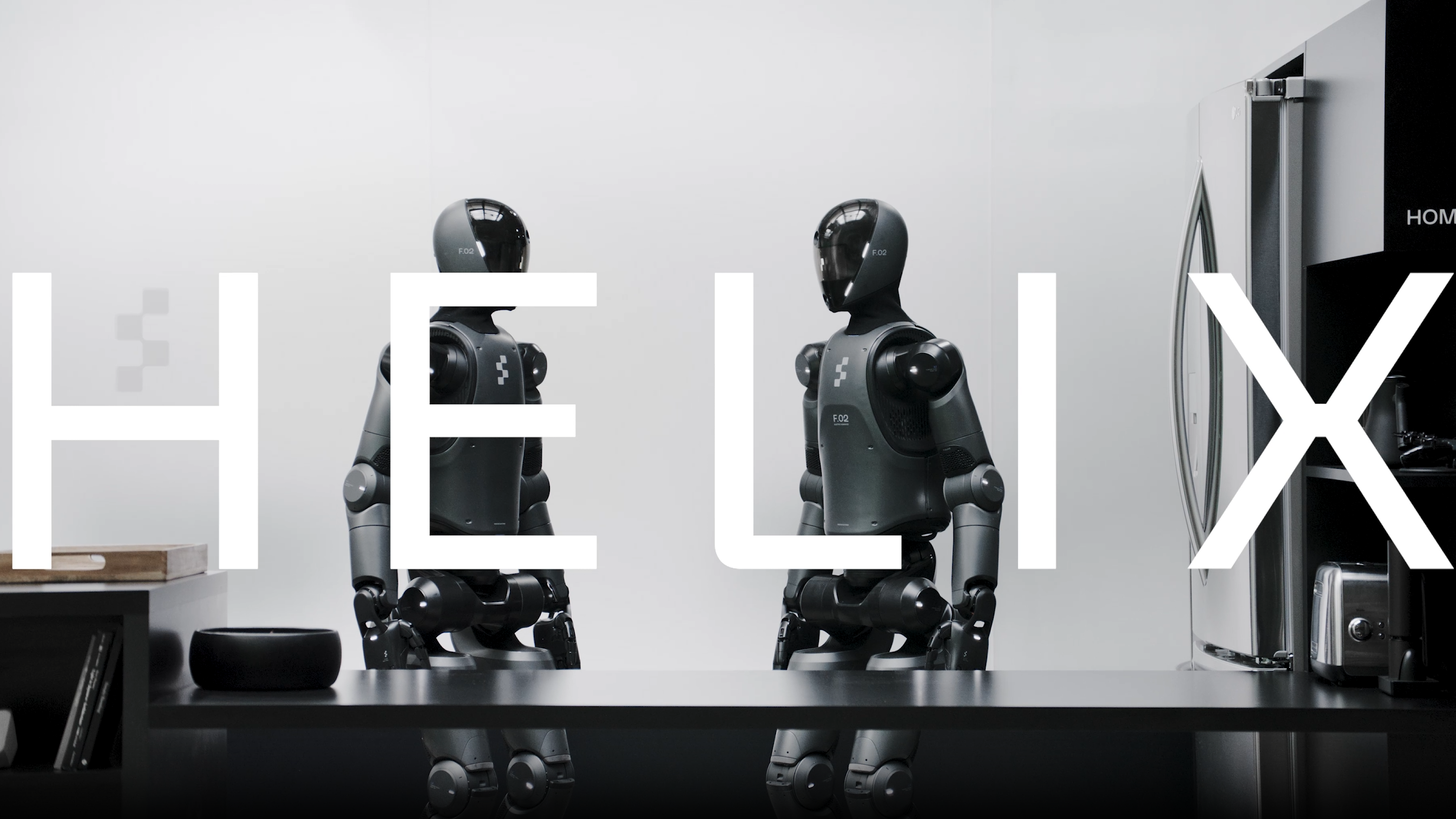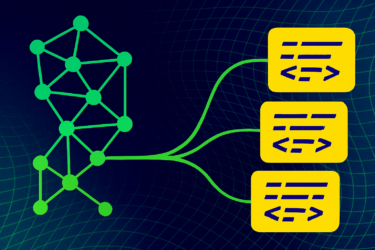Figure, a robotics startup, has developed a new AI system called Helix that allows humanoid robots to perform complex movements through voice commands. The system aims to handle unfamiliar objects without requiring specific training for each item.
The system combines two distinct AI components. The first is a 7-billion-parameter multimodal language model that processes speech and visual information at 7-9 Hz, serving as the robot's "brain." The second component, an 80-million-parameter AI, converts the language model's instructions into precise robot movements at 200 Hz.

Advanced movement capabilities show promise for household tasks
Helix can simultaneously control 35 degrees of freedom, managing everything from individual finger movements to head and torso control. Figure has demonstrated the system's capabilities through videos showing robots responding to voice commands, identifying objects, and grasping them accurately.
In one particularly impressive demonstration, two robots work together in a show kitchen, placing food items into a refrigerator - all without prior training on these specific objects.
Introducing Helix, our newest AI that thinks like a human
To bring robots into homes, we need a step change in capabilities
Helix can generalize to any household item ?pic.twitter.com/sPzPV4B50J
- Brett Adcock (@adcock_brett) February 20, 2025
Training with limited data
The system required only 500 hours of training data, significantly less than comparable projects. It runs on embedded GPUs within the robots themselves, making commercial applications technically feasible.
Figure CEO Brett Adcock sees this development as crucial for scaling robots in household settings. Unlike traditional robots that need reprogramming for each new task, Helix adapts to new situations - though its real-world performance remains to be proven.
Strategic shifts in AI partnerships
Figure AI recently ended its collaboration with OpenAI on robot-specific AI models, despite OpenAI remaining a significant investor. On social platform X, Adcock explained that while large language models (LLMs) continue growing more powerful, they're becoming commoditized and represent "the smallest piece of the puzzle" in Figure's vision.
The company now focuses on developing its own AI models for high-speed robot control in real-world situations. Meanwhile, OpenAI appears to be rekindling its interest in robotics, recently seeking hardware engineers for a new robotics team after previously shuttering its robotics department.






